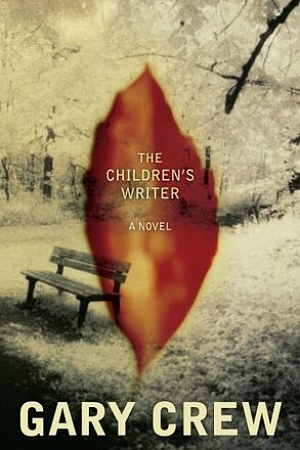The Complete Field Guide to Butterflies of Australia
CSIRO Publishing, $39.95 pb, 339 pp
Moonbeams and eggflies
Butterflies are perhaps the most agreeable of insects: harmless, highly visible, diurnal, brightly coloured and almost whimsical in their movements. Because of these qualities, they have attracted considerable attention from naturalists and artists throughout recorded history. Since Victorian times, their diversity and natural history have been documented in great detail – more than for any other group of invertebrate animals. Butterfly collecting was a popular pastime until recent decades; many a colonial home contained a wood cabinet with neat rows of carefully pinned butterfly specimens. More recently, butterflies were the subject of the first nationwide biological atlas scheme: the Atlas of British Butterflies conducted through the 1970s by the British Biological Records Centre. This project drew upon the energy of 2000 butterfly enthusiasts across the British Isles to record the presence of species in ten-kilometre grid cells. The biological atlasing concept has subsequently been applied to other groups, particularly birds and flowering plants.
Continue reading for only $10 per month. Subscribe and gain full access to Australian Book Review. Already a subscriber? Sign in. If you need assistance, feel free to contact us.
















Leave a comment
If you are an ABR subscriber, you will need to sign in to post a comment.
If you have forgotten your sign in details, or if you receive an error message when trying to submit your comment, please email your comment (and the name of the article to which it relates) to ABR Comments. We will review your comment and, subject to approval, we will post it under your name.
Please note that all comments must be approved by ABR and comply with our Terms & Conditions.